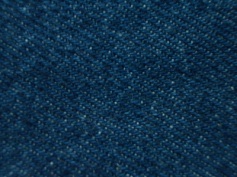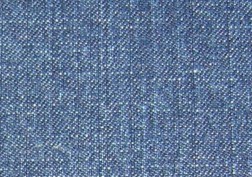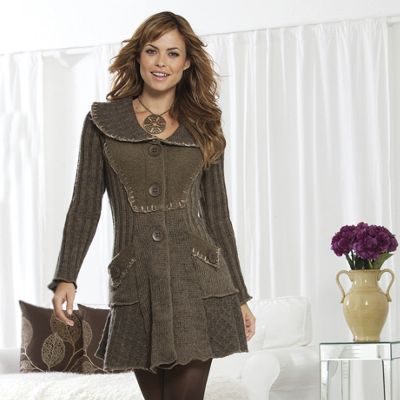So you’ve mastered the straight stitch, the whip stitch, the back stitch, and the blanket stitch. You could distinguish a knit from a woven fabric backwards in your sleep. Time to jump on the sewing machine and start cranking out couture clothes right?
Well, not yet!
Once you’ve mastered the basics of stitching scrap pieces of fabric, it’s time to throw some premeditation into your sewing regimen. That’s right, it’s time for a craft.
But what do you need before you even choose a craft? What tools could make this easier?
Like last time, the images will come from JoAnn.com. However feel free to shop at whatever store works best for you as long as their products are good quality. Full disclosure, I got my very first needle and thread set from WalMart. As long as you’re still learning there’s no reason to splurge yet!
1. Sewing Gauge

This device is possibly the greatest device in the history of sewing and everything related to sewing ever. Besides the needle and thread. It is the sewing gauge.
Its first and most obvious functions are to measure and to trace a straight line. But its usefulness is much more than that. Notice the thick end in the southwest corner of the picture? That measures 5/8 of an inch across. You probably haven’t reached this level yet, but when you get to sewing patterns and seam allowances you will know that having a quick way to measure 5/8 of an inch is a lifesaver.
Also, when folding and pressing fabric I find it so helpful to slide the blue arrow piece to my desired length and use it to hold down fabric as I press or pin. The combination of the blue slider and the flat edge of the gauge help you keep your fold straight and even. I can’t wait to get home to my sewing supplies and show you how much I love using this tool.
2. Tailor’s Chalk/Chalk Holder


The picture on the left is a tool to help you hold and control your chalk, while on the right you have two bare pieces of chalk. To be honest, when I first bought tailor’s chalk I bought the pack on the right and never thought “Man, I wish I had something to hold this while I hold it.” The sharpener may help, but I always just used scissors to sharpen if needed.
I feel that chalk is most useful for dark fabrics or for fabrics that may not be able to go in the washing machine. It goes on fine when drawing your cutting lines and marks, but I’ve had difficulty being precise with chalk and it pulls on stretchy fabrics which makes it even harder.
So basically it’s perfect for dark woven fabrics, but be careful and be precise!
3. Fabric Markers

I’ll admit, there is a bit of a risk factor when taking a marker to your fabric. When you get to the point that you’re sewing garments you intend to wear or crafts you intend to display, definitely test it first to make sure it comes off.
However besides that I’ve absolutely loved using markers instead of chalk. The lines are more precise and it’s easier to mark clearly without pulling the fabric. This ink will fade and disappear within a day or two on its own from my experience.
The drawback with markers is that they don’t do as well on dark fabrics as chalk does. I’ve tried magic white markers and it was pretty bogus, so if you need to make white marks stick with chalk.
4. Pressing Ham

I just bought my first pressing ham, and I should have bought it a long long time ago. Pressing helps your seams and edges stay in place, and it’s often difficult to press more intricate parts of a garment or craft with a flat ironing board. A pressing ham will help you with curved seams or seams that are hard to isolate.
Once you have these along with the stitching skills you have already acquired, you can start marking your fabric and planning your stitches to make fabric into magic.
Have a great day!
Learni.st – Learn how to sew starting from step one
Pinterest & Twitter – Follow for tips, ideas, and more
Etsy – Shop Sew Me Your Stuff



































